Embedding systematic quality assessments in supportive supervision at primary healthcare level: application of an electronic Tool to Improve Quality of Healthcare in Tanzania
- PMID: 27737679
- PMCID: PMC5064905
- DOI: 10.1186/s12913-016-1809-4
Embedding systematic quality assessments in supportive supervision at primary healthcare level: application of an electronic Tool to Improve Quality of Healthcare in Tanzania
Abstract
Background: Assessing quality of health services, for example through supportive supervision, is essential for strengthening healthcare delivery. Most systematic health facility assessment mechanisms, however, are not suitable for routine supervision. The objective of this study is to describe a quality assessment methodology using an electronic format that can be embedded in supervision activities and conducted by council health staff.
Methods: An electronic Tool to Improve Quality of Healthcare (e-TIQH) was developed to assess the quality of primary healthcare provision. The e-TIQH contains six sub-tools, each covering one quality dimension: infrastructure and equipment of the facility, its management and administration, job expectations, clinical skills of the staff, staff motivation and client satisfaction. As part of supportive supervision, council health staff conduct quality assessments in all primary healthcare facilities in a given council, including observation of clinical consultations and exit interviews with clients. Using a hand-held device, assessors enter data and view results in real time through automated data analysis, permitting immediate feedback to health workers. Based on the results, quality gaps and potential measures to address them are jointly discussed and actions plans developed.
Results: For illustrative purposes, preliminary findings from e-TIQH application are presented from eight councils of Tanzania for the period 2011-2013, with a quality score <75 % classed as 'unsatisfactory'. Staff motivation (<50 % in all councils) and job expectations (≤50 %) scored lowest of all quality dimensions at baseline. Clinical practice was unsatisfactory in six councils, with more mixed results for availability of infrastructure and equipment, and for administration and management. In contrast, client satisfaction scored surprisingly high. Over time, each council showed a significant overall increase of 3-7 % in mean score, with the most pronounced improvements in staff motivation and job expectations.
Conclusions: Given its comprehensiveness, convenient handling and automated statistical reports, e-TIQH enables council health staff to conduct systematic quality assessments. Therefore e-TIQH may not only contribute to objectively identifying quality gaps, but also to more evidence-based supervision. E-TIQH also provides important information for resource planning. Institutional and financial challenges for implementing e-TIQH on a broader scale need to be addressed.
Keywords: Quality assessment tool; Quality of health services; Supportive supervision; Tanzania; Universal health coverage.
Figures
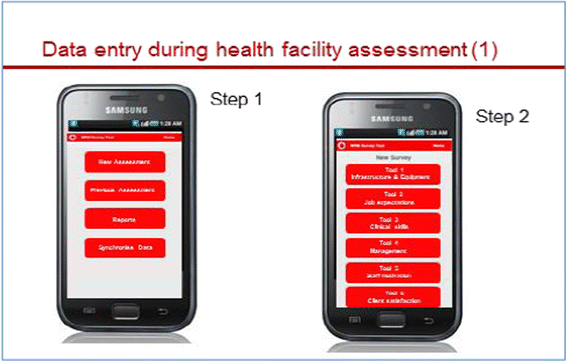
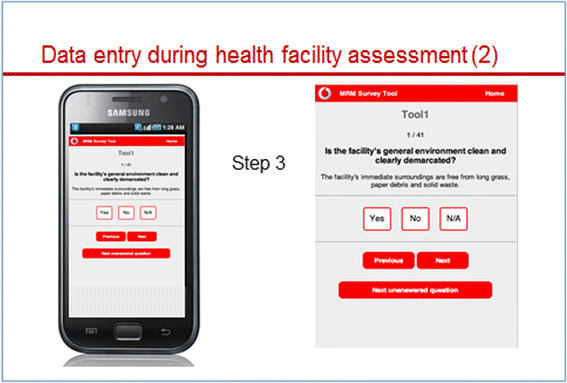
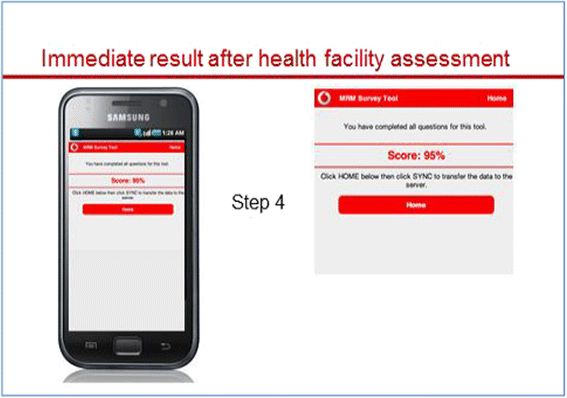
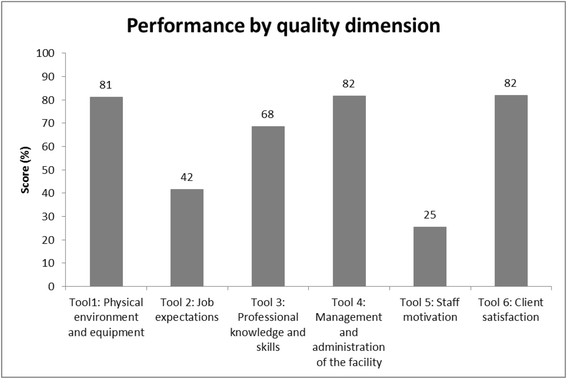
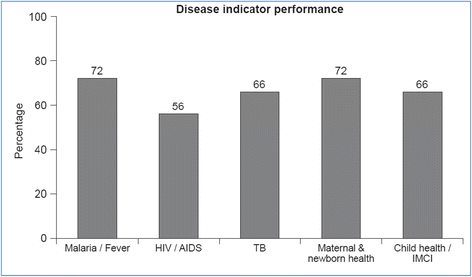
Similar articles
-
Towards improved health service quality in Tanzania: contribution of a supportive supervision approach to increased quality of primary healthcare.BMC Health Serv Res. 2019 Nov 20;19(1):848. doi: 10.1186/s12913-019-4648-2. BMC Health Serv Res. 2019. PMID: 31747932 Free PMC article.
-
Towards improved health service quality in Tanzania: An approach to increase efficiency and effectiveness of routine supportive supervision.PLoS One. 2018 Sep 7;13(9):e0202735. doi: 10.1371/journal.pone.0202735. eCollection 2018. PLoS One. 2018. PMID: 30192783 Free PMC article.
-
Client satisfaction with family planning services in the area of high unmet need: evidence from Tanzania Service Provision Assessment Survey, 2014-2015.Reprod Health. 2018 Jul 16;15(1):127. doi: 10.1186/s12978-018-0566-8. Reprod Health. 2018. PMID: 30012151 Free PMC article.
-
Evidence from district level inputs to improve quality of care for maternal and newborn health: interventions and findings.Reprod Health. 2014 Sep 4;11 Suppl 2(Suppl 2):S3. doi: 10.1186/1742-4755-11-S2-S3. Epub 2014 Sep 4. Reprod Health. 2014. PMID: 25208460 Free PMC article. Review.
-
Moving towards a competence centre for geriatric medicine and care: Quality management and human resource management as major support factors.Best Pract Res Clin Anaesthesiol. 2018 Mar;32(1):47-55. doi: 10.1016/j.bpa.2018.04.003. Epub 2018 Apr 14. Best Pract Res Clin Anaesthesiol. 2018. PMID: 30049338 Review.
Cited by
-
Development of a tool for assessing quality of comprehensive care provided by community health workers in a community-based care programme in South Africa.BMJ Open. 2019 Sep 5;9(9):e030677. doi: 10.1136/bmjopen-2019-030677. BMJ Open. 2019. PMID: 31492789 Free PMC article.
-
Towards improved health service quality in Tanzania: contribution of a supportive supervision approach to increased quality of primary healthcare.BMC Health Serv Res. 2019 Nov 20;19(1):848. doi: 10.1186/s12913-019-4648-2. BMC Health Serv Res. 2019. PMID: 31747932 Free PMC article.
-
Methodological considerations for linking household and healthcare provider data for estimating effective coverage: a systematic review.BMJ Open. 2021 Aug 26;11(8):e045704. doi: 10.1136/bmjopen-2020-045704. BMJ Open. 2021. PMID: 34446481 Free PMC article.
-
Does frequency of supportive supervisory visits influence health service delivery?-Dose and response study.PLoS One. 2020 Jun 16;15(6):e0234819. doi: 10.1371/journal.pone.0234819. eCollection 2020. PLoS One. 2020. PMID: 32544186 Free PMC article.
-
Social accountability in primary health care facilities in Tanzania: Results from Star Rating Assessment.PLoS One. 2022 Jul 25;17(7):e0268405. doi: 10.1371/journal.pone.0268405. eCollection 2022. PLoS One. 2022. PMID: 35877654 Free PMC article.
References
-
- United Nations. Millennium Development Goals Report 2014. New York. 2014. Available at http://www.un.org/millenniumgoals/2014%20MDG%20report/MDG%202014%20Engli.... Accessed 18 Sept 2015.
-
- Horton R. Offline: The third revolution in global health. Lancet. 2014;383(9929):1620. doi: 10.1016/S0140-6736(14)60769-8. - DOI
-
- Donabedian A. The definition of quality and approaches to its assessment. Ann Arbor: Health Administration Press; 1980.
MeSH terms
LinkOut - more resources
Full Text Sources
Other Literature Sources
Research Materials

